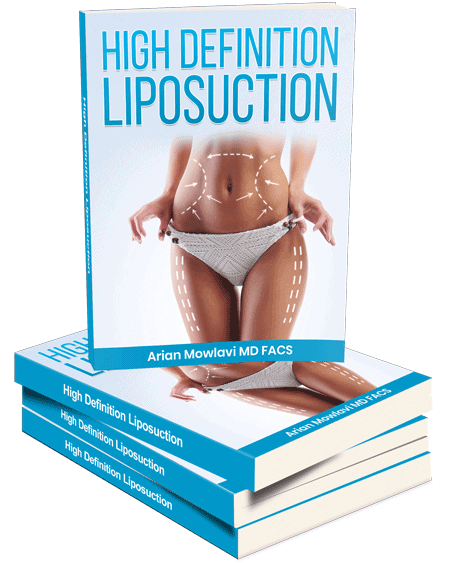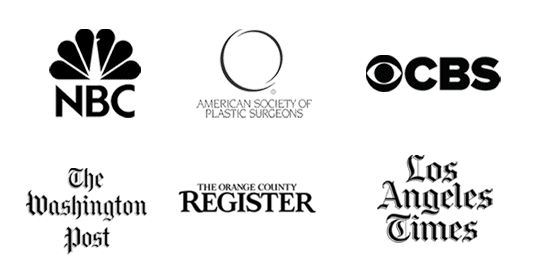
55-year-old female who following a closed rhinoplasty

55-year-old female who following a closed rhinoplasty

55-year-old female who following a closed rhinoplasty

55-year-old female who following a closed rhinoplasty

Download Our Surgical Team’s free Liposuction eBook
Closed rhinoplasty technique allows for correction of the upper 2/3rds of the nose starting above the nasal tip. The closed rhinoplasty technique utilizes incision limited to the internal nares that are not apparent when visualized from the outside environment.
By virtue of being positioned inside the nose, this incision does not allow for visualization of the tip but rather it allows for visualization of the nasal dorsum.
The nasal dorsum is lifted to show the mid nasal structures which include the septal cartilage and two laterally spanning cartilaginous structures called the upper lateral cartilages.
In addition, the undermining is performed to define the nasal dorsal bony structures. The closed rhinoplasty technique then releases the upper lateral cartilages from the dorsal septum, allowing both narrowings of the nasal bridge as well as lowering of any mid nasal hump.
Next, the nasal bony hump is lowered by the utilization of a rasp. Next, the closed rhinoplasty technique requires lateral bony osteotomies which will narrow both the bony nasal bridge and base.
Irrigation is used to remove any bone residual to prevent the bony residuum from forming back into a hump. Meticulous hemostasis is obtained as any bleeding can also result in scar tissue build up and loss of highlights achieved.
The closed rhinoplasty technique is extremely consistent in providing improved nasal dorsal contour aesthetics by eliminating a nasal hump and narrowing the nasal base and bridge.
The closed rhinoplasty technique is also able to correct any nasal dorsal crooked deformities that usually result from mechanical trauma. An external nasal splint is used to keep all structural alterations in place while the tissues are mending.
Closed Rhinoplasty Technique Post Surgery Care
Patients are expected to keep their nasal splint for 1 week, after which they can return to their daily activities. Finally, patients are asked to avoid physical activities for one month to allow the nasal bones to fuse in their new location so that they are not vulnerable to being displaced.
In summary, the closed rhinoplasty technique is very effective in helping patients desiring the correction of nasal dorsal irregularities.
Let us admire this 55-year-old female who following a closed rhinoplasty.


